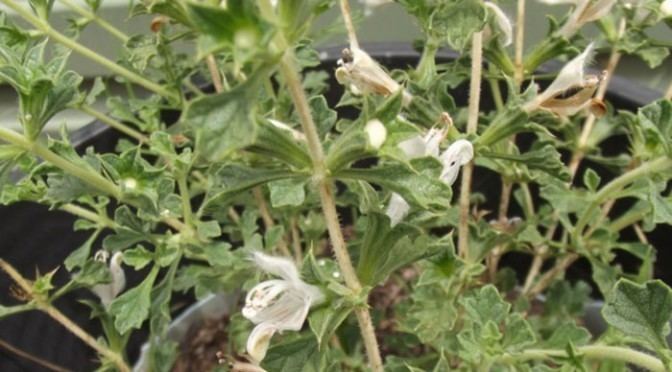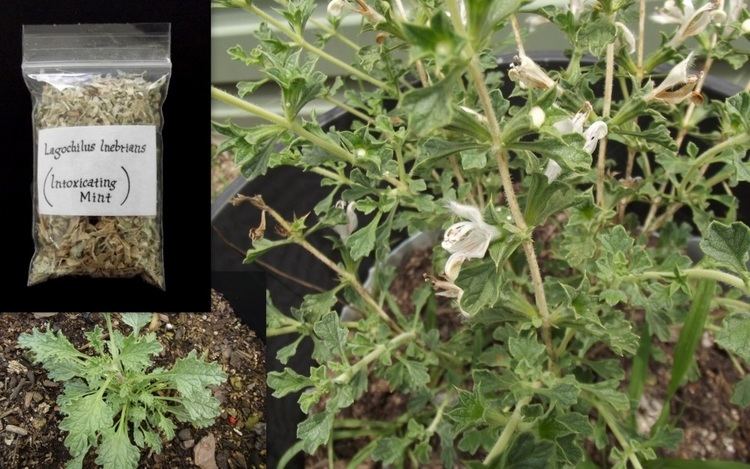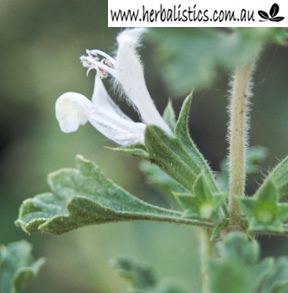Rank Species | Higher classification Lagochilus | |
 | ||
Similar Lagochilus, Lamiaceae, Heimia, Heimia salicifolia, Calea ternifolia | ||
Lagochilus inebrians, commonly known as inebriating mint, intoxicating mint, Turkistan mint or intoxicating hare's lip, is a member of the mint family Labiatae. The Lagochilus inebrians name is derived from the Greek words lagos and cheilos, literally meaning "hare" and "lip/cheek" and inebrians meaning intoxicating, thus translating to intoxicating hare's lip. The name reflects the morphology of the upper lip of the flower's corolla.
Contents

L. inebrians is widely distributed in the Samarkand and Bukhara provinces of Uzbekistan. It is also found in some areas of Turkmenistan and Tajikistan. It grows on the piedmont plains and low foothills, dried up streams and rubbly slopes, on gravelly slopes, on scree and gravel and in dry grassy-sagebrush and sagebrush-grassland steppes.

Taxonomy

L. inebrians is a member of the Lamiaceae family and the Lagochilus genus. L. inebrians is a shrub with numerous stems reaching a height of 20–80 centimetres (10–30 in), woody at the base, simple or branched, leafy, lowered in the upper part, at the bottom - covered with a white shiny crust. Leaves are opposite, broad, both sides are covered with scattered hairs and glands. Leaves broadly ovate, pubescent on both sides. Flowers sit in the axils of upper leaves. Corolla is white or pale pink with brown veins. Calyx is pubescent, wide-belled and five-petaled. The fruits are naked brown nuts. The flowers bloom May through June and it ripens in August through September.
Uses

In the folk medicine of Central Asia, L. inebrians is used as a styptic. The dried form of L. inebrians collected during the flowering period is used as a medicinal product and as a raw material. The raw material consists of a mixture of flowers and a small number of small leaves and thin stalks of green or dark-brownish color. The raw material contains terpineol lagochiline, essential oils, tannins, organic acids, carotene, ascorbic acid, calcium, iron, and other compounds.

Grass of L. inebrians is harvested during the flowering period, beveling it with sickles, or by cutting it with shears at a height of about 5 centimetres (2 in) from the ground. When harvesting L. inebrians - 1-2 fruiting plants are left untouched for every 5 square metres (50 sq ft) to ensure their renewal. For normal regrowth and replenishment of this species harvesting its raw materials on the same sites is allowed no more than once in 2–3 years. Drying the raw material is done in the shade for 5–6 days, stirring occasionally. Flowers and leaves are separated from stems by shaking it down. Harvested raw materials are stored in dry, ventilated areas.
